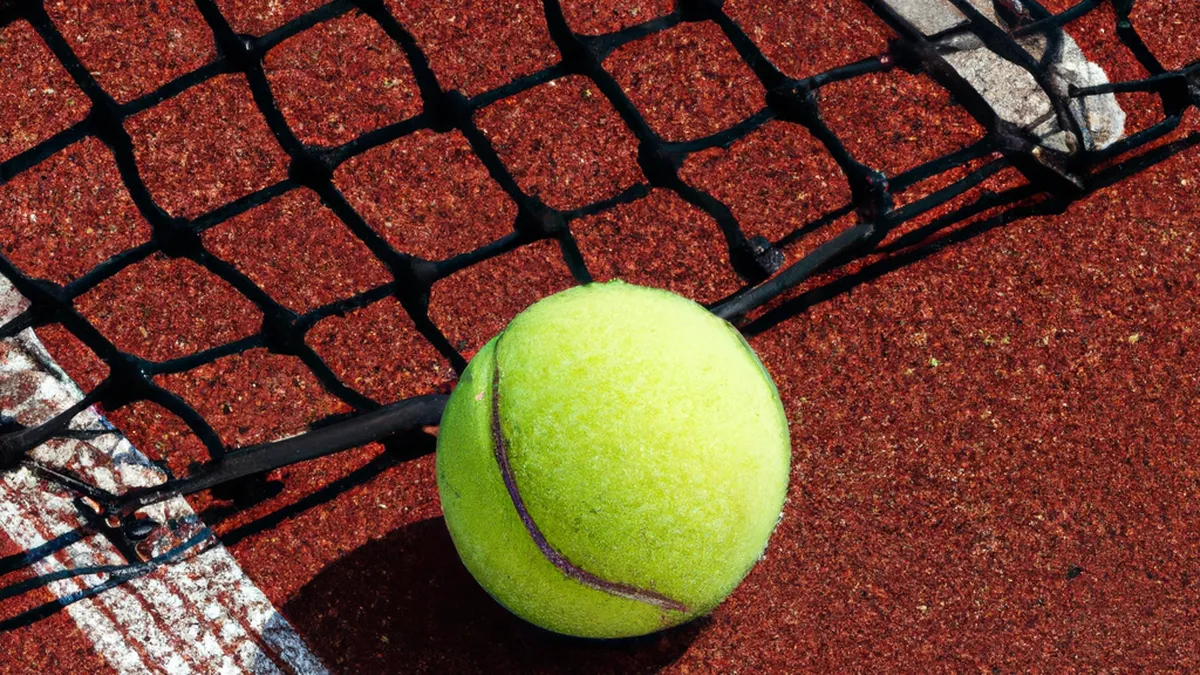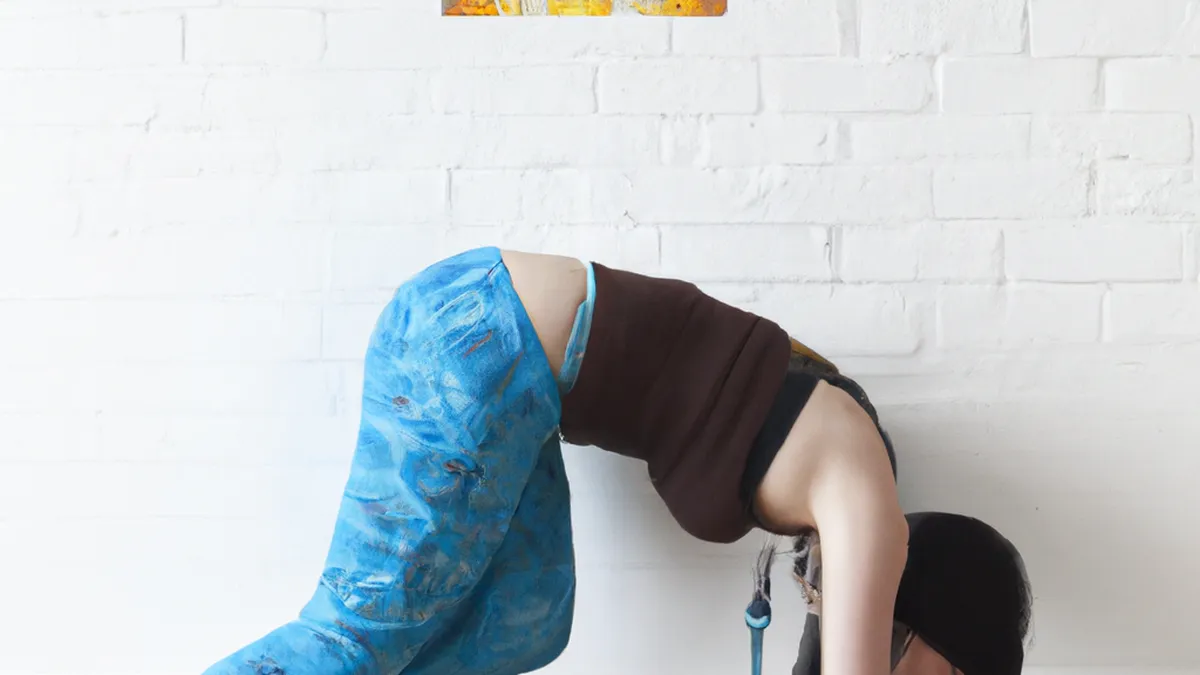Preventing Injuries Through Correct Serve Techniques
Analyzing the Effect of Serve Technique on Injury Prevention
In tennis, the serve stands as a crucial shot. A well-executed serve sets the rally’s tone and pace. However, improper technique can cause injuries that hinder performance and career longevity. This post explores the relationship between serve technique and injury prevention, offering insights for players.
Understanding Serve Technique
The serve involves various body parts working together. Arms, legs, and core must coordinate for a powerful serve. A good serve minimizes body stress and distributes forces evenly. In contrast, poor technique can cause overuse injuries, especially in amateur and professional players.
Key Components of a Good Serve
A successful serve includes several critical elements:
1. **Grip**: A proper grip forms the foundation of a good serve. It enhances ball control and spin generation. Players often use the Continental or Eastern grip for their advantages.
2. **Stance**: A stable stance provides balance. Players should position themselves to generate power while maintaining a low center of gravity. This stability reduces knee and back strain risks.
3. **Ball Toss**: The toss plays a vital role in the serve. An accurate toss sets up the motion and ensures optimal racket-ball contact. A faulty toss can lead to mis-hits and shoulder strain.
4. **Swing Path**: The swing path should remain smooth and fluid. An upward motion generates power and spin. A jerky swing can create tension and increase injury risks.
5. **Follow-Through**: A proper follow-through protects the shoulder and elbow. It helps dissipate energy evenly, reducing the likelihood of overuse injuries.
Common Injuries from Poor Technique
Recognizing injuries linked to poor serving techniques aids prevention. Here are common issues:
– **Shoulder Injuries**: The overhead motion can cause rotator cuff injuries or impingement from flawed technique.
– **Tennis Elbow**: This common ailment arises from repetitive strain on elbow tendons, often worsened by poor grip and follow-through.
– **Wrist Injuries**: Improper wrist positioning during the serve can lead to sprains or tendonitis.
Conclusion
Proper serving techniques enhance performance and reduce injury risks. Players should focus on mastering these components for long-term health.
Below are related products based on this post:
FAQ
What are the key components of a good serve in tennis?
A successful serve includes several critical elements: a proper grip, a stable stance, an accurate ball toss, a smooth swing path, and a proper follow-through. Each component plays a vital role in minimizing body stress and enhancing performance.
How can poor serve technique lead to injuries?
Poor serve technique can lead to overuse injuries by placing excessive strain on specific body parts. Common injuries include shoulder injuries from overhead motions, tennis elbow from repetitive strain, and wrist injuries due to improper positioning.
What can players do to prevent injuries related to serving?
Players can prevent injuries by focusing on mastering the key components of a good serve, including grip, stance, toss, swing path, and follow-through. Proper technique helps distribute forces evenly and minimizes the risk of injuries, contributing to long-term health and performance.















Post Comment